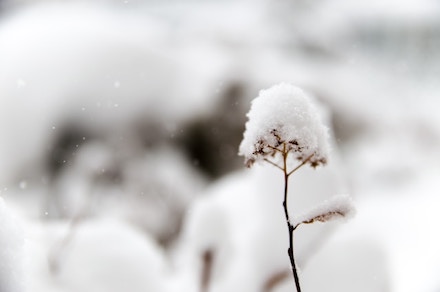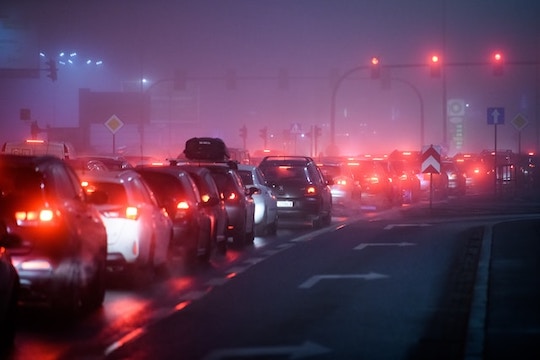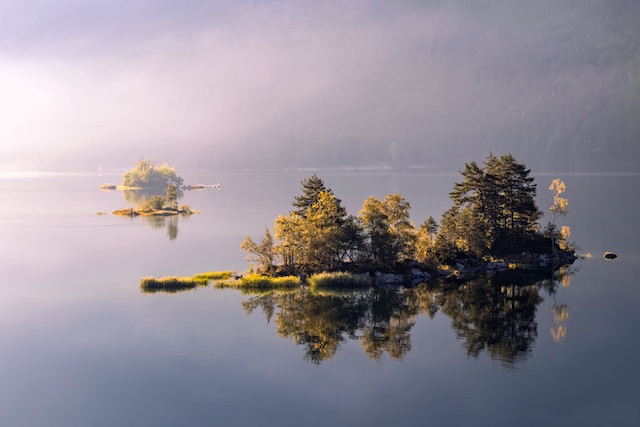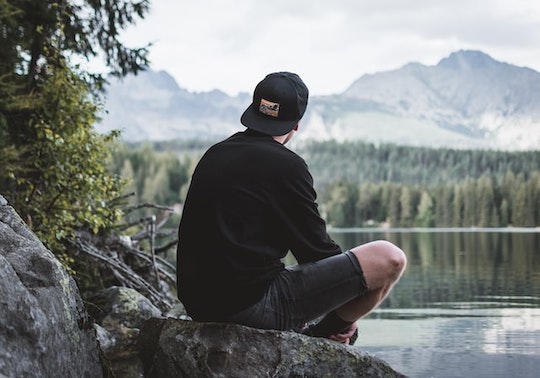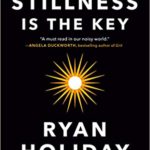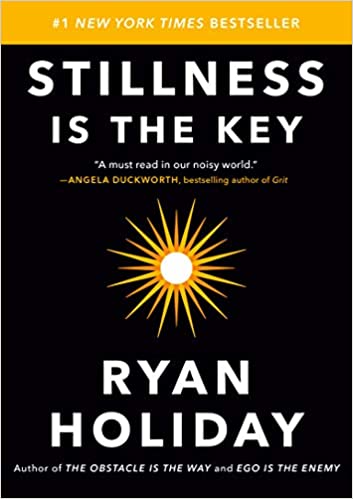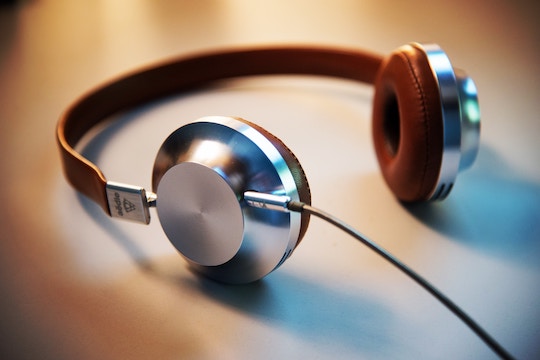“When you don’t know what to do, do nothing, be still.”
—Oprah Winfrey, American talk show host, TV producer, actress, author, and media proprietor
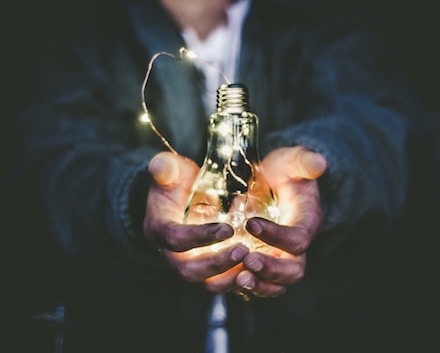
Image from Unsplash by Riccardo Annandale
I found myself with a case of writer’s block with this quote.
Thinking of interesting and pithy things to pen on a daily basis is confronting when you have a lot going on in the rest of your life.
Being still in a world that moves so fast is a challenge.
How can we get anywhere or accomplish a goal if we don’t make our intentions real through action?
Feeling stuck in this moment, I decided to do nothing, as Oprah suggests.
Suddenly, a light bulb moment struck.
Being still is doing something that leaves space for other somethings to show up. And so this post came to be.
EXERCISE:
Where in your life would stopping in your tracks and being still allow something unexpected and new to show up?




